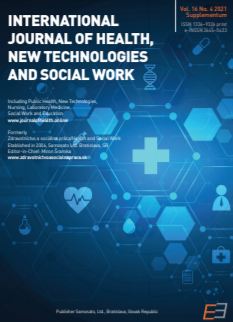Examining the three types of medical care centres in relation to transaction cost theory
Examining the three types of medical care centres in relation to transaction cost theory
Author(s): Markus Steinecker, Monika CzirfuszováSubject(s): Business Economy / Management, Management and complex organizations, Health and medicine and law
Published by: SAMOSATO, s. r. o., Bratislava, Slovensko - MAUREA, s. r. o., Plzeň, Česká republika
Keywords: synergy effects; medical care centre; transaction cost theory; decision-making in clinical practice; advancement of knowledge growth; organisational form;
Summary/Abstract: Introduction: All in all, it can be said that the structural change with regard to the medical care centres in Germany has been successful. To begin with, as commented on by many authors, there are parallels in the structure of medical care centres to the former Polikliniks of the German Democratic Republic (multi-disciplinary outpatient clinics); however, other aspects are also combined in the medical care centre, not only medical care from a single source or under one roof but also significant synergy effects in terms of personnel and equipment; furthermore, flexible working models can be realised here, which is beneficial both for the funding aspect and for the part-time employment of female physicians, who significantly rely on this option because of their potential role as a mother and who ultimately represent the majority of younger doctors in Germany. Objectives: The objective is to show that there are fundamental connections between the construct of the medical care centre and transaction cost theory. On this basis, a practical application can be developed for medical care centres with transaction theory considerations. Methodology: The research method involves taking a deductive approach; the information gained thus advances our knowledge. Results: The concentration of workflows in a medical care centre greatly reduces the transaction costs, which results in a preference for this organisational form. Conclusions: The theory of transaction costs can be applied to the situation of the three types of medical care centres and can result in optimum decision-making in clinical practice.
Journal: International Journal of Health, New Technologies and Social Work
- Issue Year: 16/2021
- Issue No: 2
- Page Range: 64-70
- Page Count: 7
- Language: English

